Walking through your childhood home can feel like stepping into a time capsule—familiar smells, favorite corners, maybe even that one creaky step you learned to avoid. But nostalgia aside, some of those quirks wouldn’t fly with a modern home inspector. Building codes and safety standards have changed drastically over the years, and what once felt normal might now be flagged as a hazard. Here are 13 red flags that would have inspectors raising eyebrows (and probably writing up a long list of violations).
1. Outdated Electrical Panels
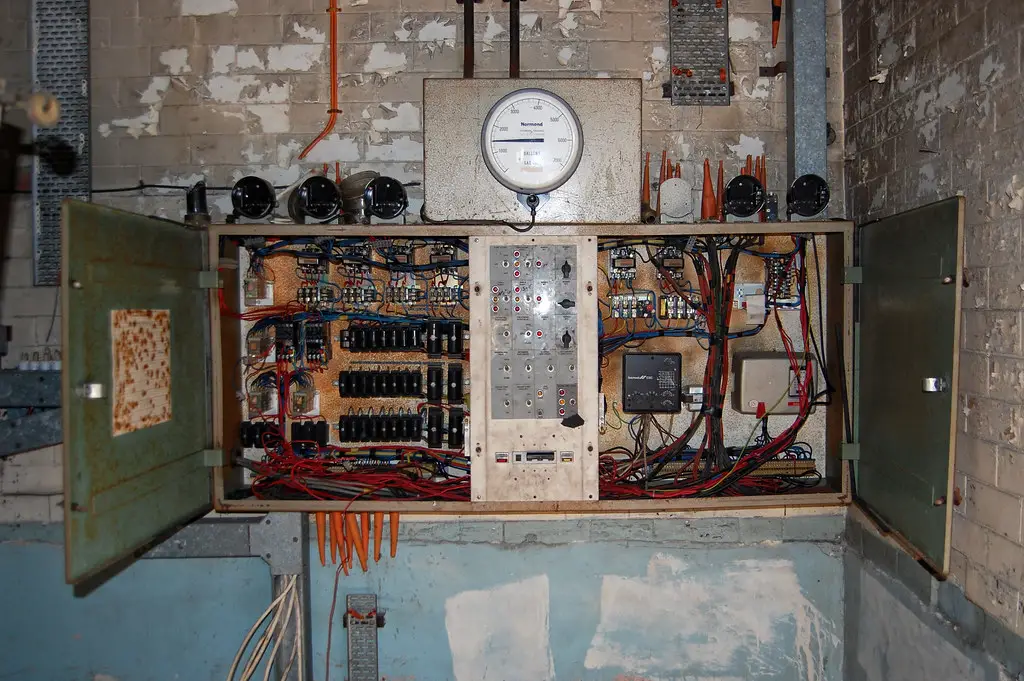
Many older homes still have fuse boxes or panels like the notorious Federal Pacific Electric (FPE) Stab-Lok, which were recalled due to fire hazards. According to the U.S. Consumer Product Safety Commission, these panels failed to trip during overloads, increasing fire risk significantly. If your childhood home still has one of these, it’s not up to modern safety standards. Inspectors today are quick to call for replacement with safer, up-to-code systems.
Beyond the panel itself, older wiring like aluminum or knob-and-tube may also fail inspection. While it might have worked fine back then, it’s simply not compatible with the demands of today’s devices. Inspectors also look for proper grounding, which was often skipped in mid-century construction. Even if you never had an issue growing up, the risk is too great now.
2. Lead Paint Everywhere
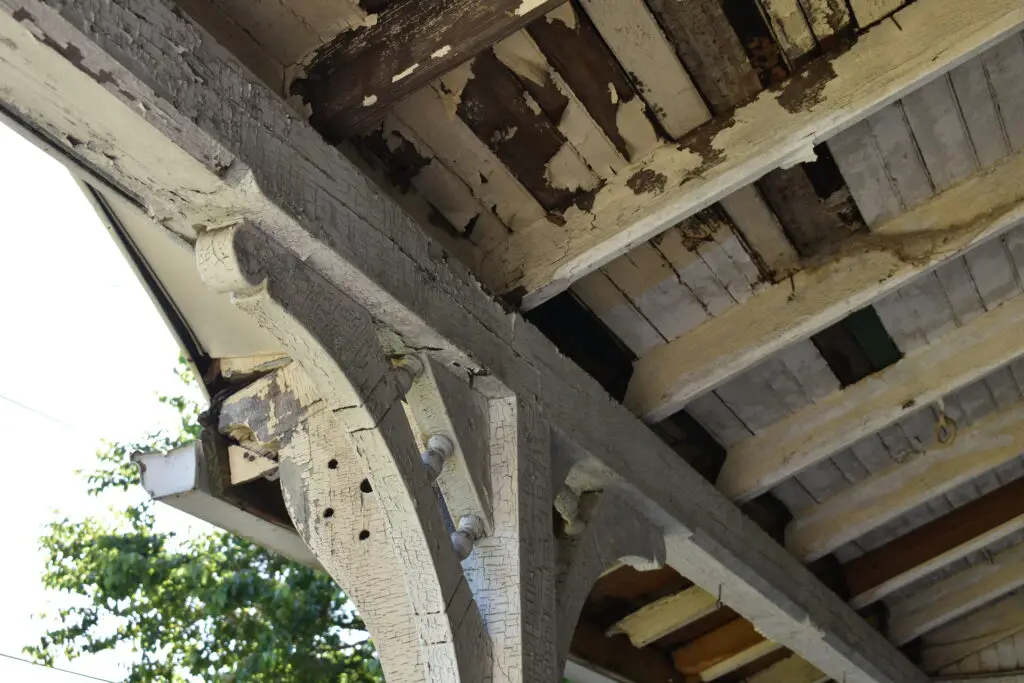
If your childhood home was built before 1978, there’s a good chance it was coated in lead-based paint. The EPA banned its use in residential homes that year, citing long-term health risks, especially for children. Lead poisoning can impact development and behavior, which is why modern inspectors take it seriously. Peeling or chipping lead paint can trigger immediate remediation orders.
Back then, no one thought twice about touching walls or chewing on painted windowsills. Now, those surfaces are seen as potentially toxic. Even if the paint is intact, it can be disturbed during renovations. Inspectors know to test and flag it before anyone starts peeling wallpaper or sanding trim.
3. Asbestos in the Ceilings, Walls, or Floors

Asbestos was a common building material through the late 20th century, prized for its heat resistance and durability. But according to the CDC, prolonged exposure is now linked to mesothelioma and other serious illnesses, prompting inspectors to require abatement in many cases. That popcorn ceiling you loved staring at? It might be filled with asbestos fibers.
It’s not just ceilings—insulation, floor tiles, and old HVAC systems could all contain asbestos. If it’s undisturbed, some codes allow it to remain, but any future remodeling would require expensive mitigation. Modern inspectors know what to look for and won’t give it a pass. Just because it’s hidden doesn’t mean it’s harmless.
4. No Ground-Fault Circuit Interrupters (GFCIs)
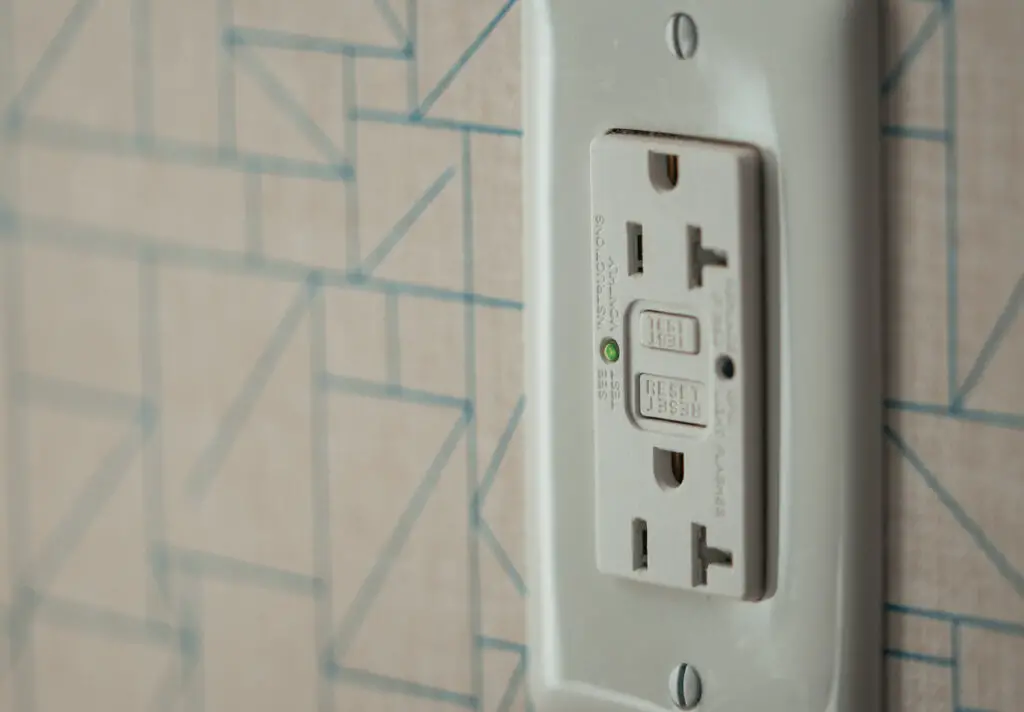
GFCIs are required in bathrooms, kitchens, garages, and any space near water to prevent electrocution. According to the National Electrical Code (NEC), they’ve been mandatory in new construction since the late 1970s, but older homes often lack them entirely. If your childhood bathroom had a single outlet with no reset button, it’s not compliant. Inspectors would flag it for immediate replacement.
These outlets trip automatically when they detect a surge or imbalance, making them crucial safety features. It’s a simple upgrade but an essential one. Without them, the risk of electric shock increases significantly—especially around sinks and bathtubs. Nostalgia doesn’t stand up to code when it comes to safety.
5. Missing or Wobbly Handrails
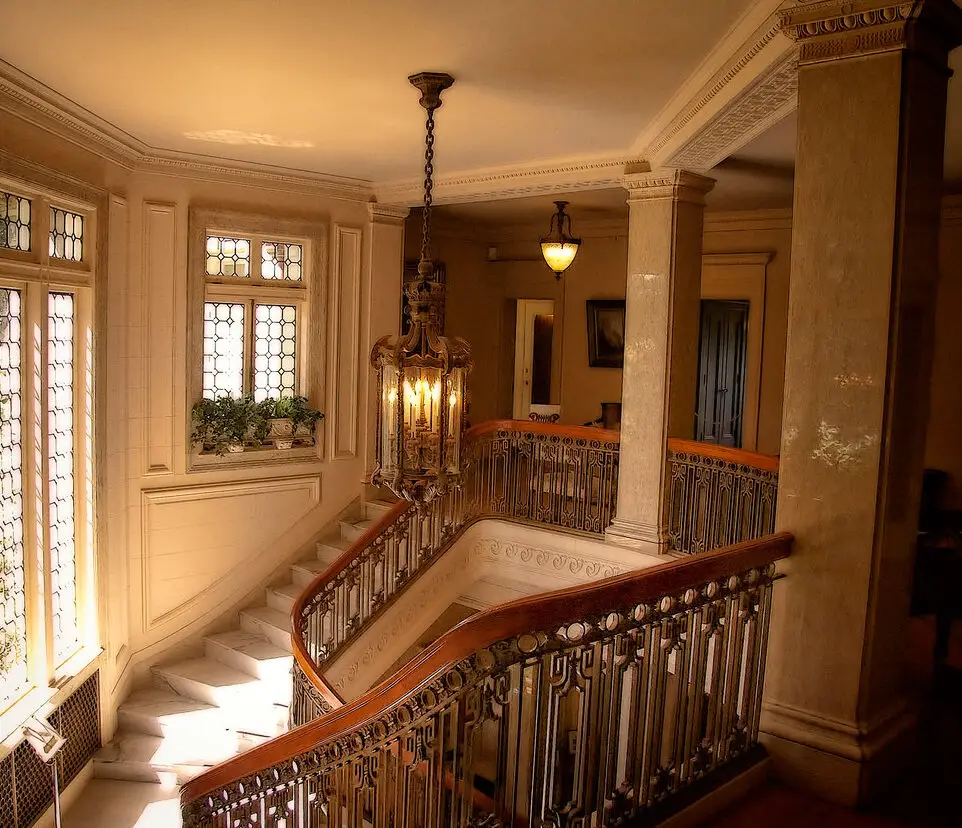
Growing up, you may have balanced on a stairway with no railing at all—or one that felt like it was barely attached. Today, building codes require handrails on stairs with four or more risers, and they must be secure and continuous. If the railing ends mid-stair or doesn’t meet height requirements, it’s a problem. Safety over style is the standard now.
Inspectors will also check spacing on spindles and the stability of the entire staircase. Even if you never fell as a kid, the risk doesn’t meet modern safety expectations. What was once just “a little loose” could now be seen as a fall hazard. Especially in homes with kids or older adults, this isn’t something that gets ignored.
6. Windows That Don’t Open (or Stay Open)
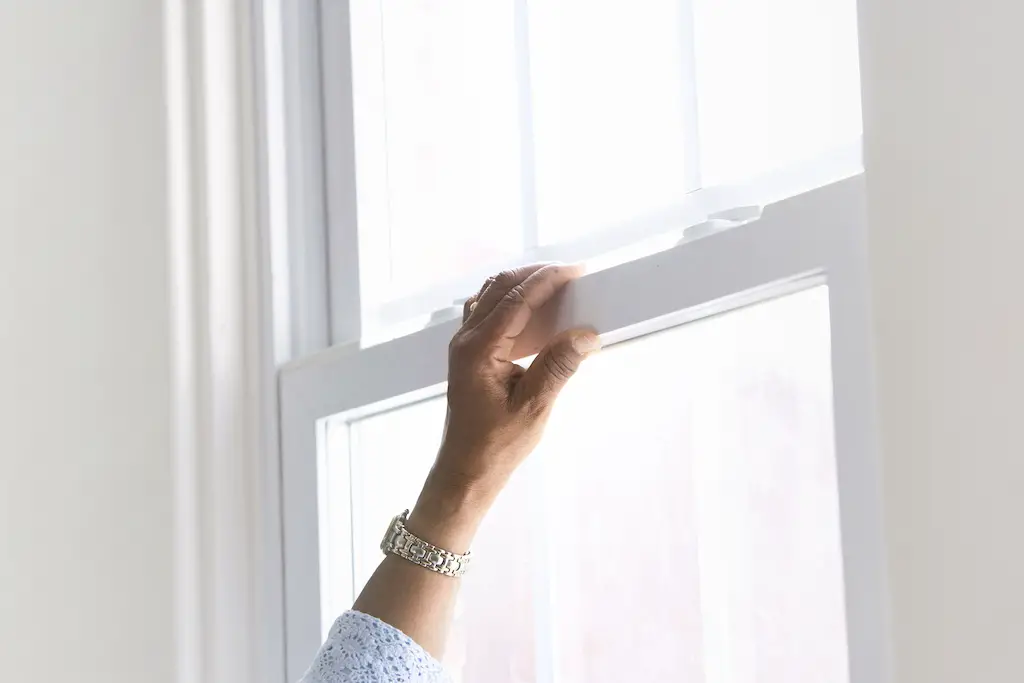
Stuck-shut windows were a common childhood annoyance, but they’re also a modern-day fire code violation. Egress requirements demand that bedrooms and basements have at least one window that opens easily from the inside. If the sash won’t budge or slams shut, inspectors flag it as a safety risk. In an emergency, being able to exit a room quickly can save lives.
Many old windows also lack locks or are painted shut, making them both a security and safety concern. While vintage charm has its place, it doesn’t override building codes. Inspectors won’t just look at functionality—they’ll also measure the window opening itself. If it’s too small, it doesn’t pass.
7. A Single Smoke Detector—Maybe
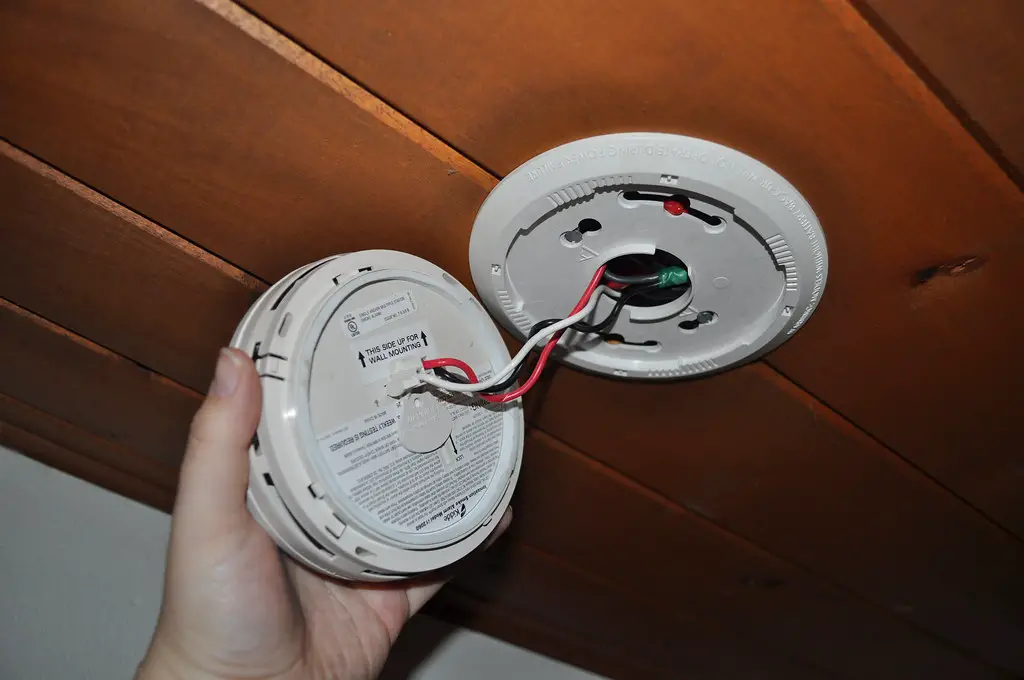
Decades ago, having even one smoke alarm was considered proactive. Now, every level of a home (including inside bedrooms) must have working smoke detectors. Carbon monoxide alarms are also required in most states. If your childhood home had one yellowed detector in the hallway, it wouldn’t cut it today.
Inspectors look for hardwired detectors with battery backups. They’ll test placement, expiration dates, and functionality. Safety standards have evolved alongside technology, and this is one area where no shortcuts are allowed. It’s not about paranoia—it’s about protection.
8. Railing-Free Porches and Decks

If you remember playing on a back deck with no railing—or one made of flimsy wood slats—you were basically living dangerously by today’s standards. Current codes require guardrails for any deck over 30 inches off the ground, with balusters spaced to prevent small children from slipping through. That charming wraparound porch could be a lawsuit waiting to happen now. Inspectors don’t let it slide.
It’s not just about height—it’s about strength. Railing systems must withstand a certain amount of pressure and be properly anchored. If yours swayed when you leaned on it as a kid, it definitely wouldn’t pass now. Safety codes have gotten a lot stricter, and with good reason.
9. Dangerous Basement Stairs
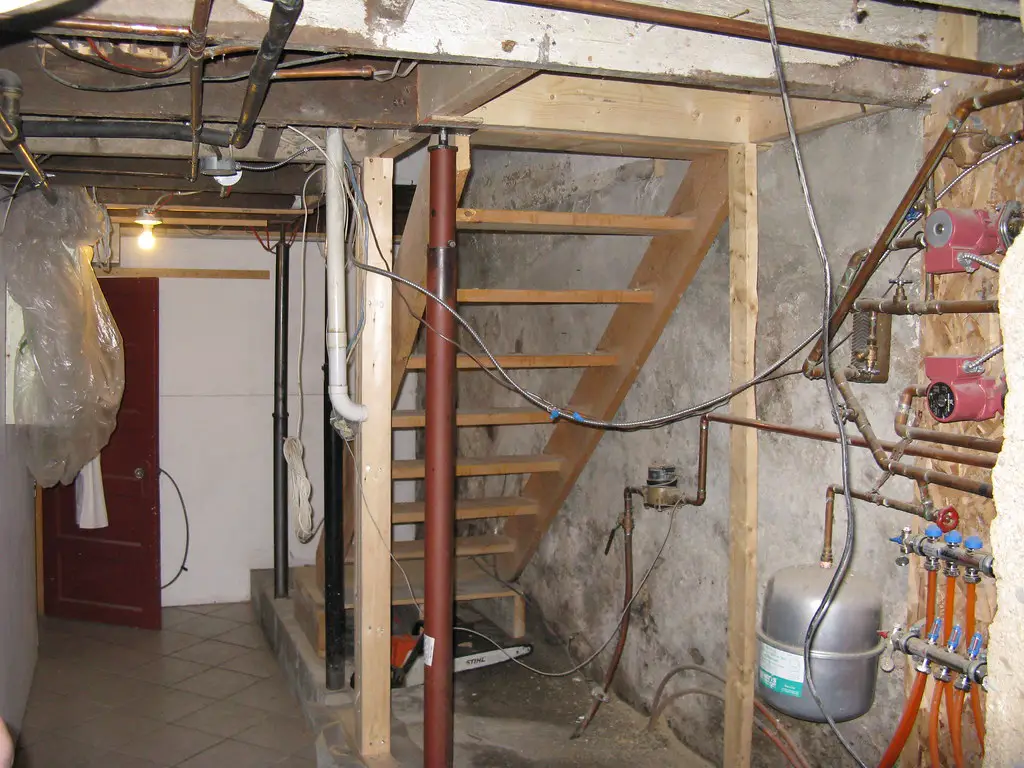
Basement stairs in older homes are often steep, uneven, or too narrow. Some don’t have handrails at all, and many lack adequate lighting. Inspectors look at rise/run ratios, head clearance, and general navigability. If it feels like you need mountain goat skills to get down there, it won’t pass inspection.
These stairs were often built as an afterthought, not a main feature. But now, every inch of a home must meet accessibility and safety codes. Poorly lit, crumbling steps are a major liability. And no, a bare lightbulb with a pull string doesn’t count as proper lighting anymore.
10. Wall-to-Wall Carpet in the Bathroom
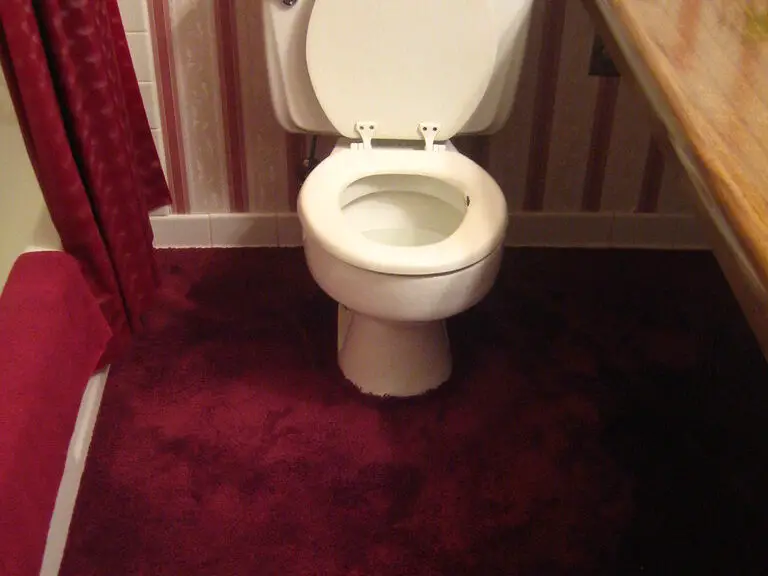
This was the height of ‘70s and ‘80s luxury—but modern building inspectors (and hygienists) cringe at the idea. Bathrooms need moisture-resistant materials for both safety and sanitation. Carpet traps water and creates the perfect environment for mold and bacteria. If your childhood bathroom had plush carpet by the tub, it’s a definite no-go now.
Inspectors check bathroom flooring for water resistance and slope (to ensure proper drainage). Materials like tile, vinyl, or sealed concrete are now the standard. That once-soft surface is now a breeding ground. It’s one update that isn’t just cosmetic—it’s crucial.
11. Mystery Light Switches and Ungrounded Outlets
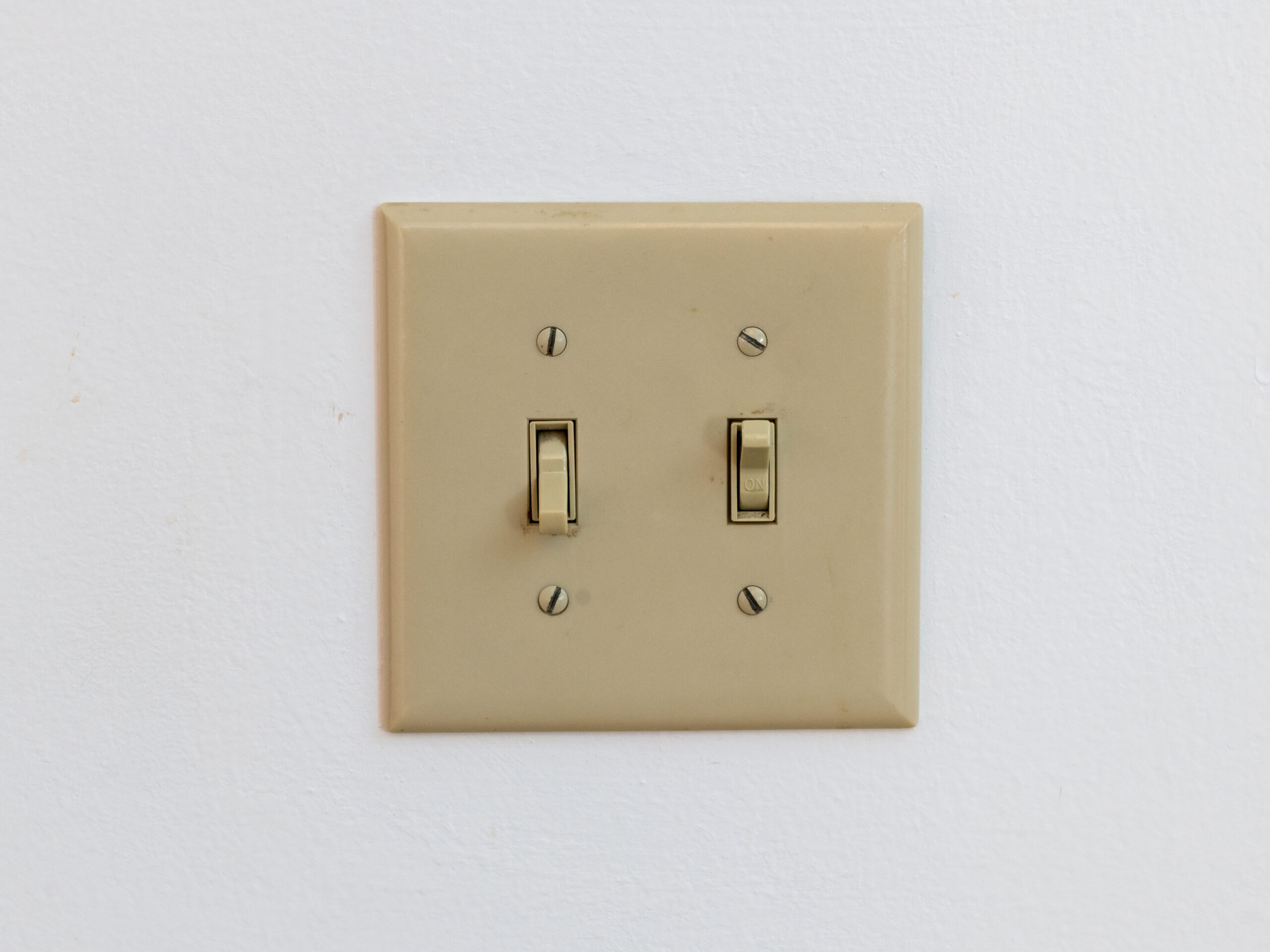
Remember flipping switches that didn’t seem to do anything? Or plugging into an outlet and getting a tiny shock? Those quirks usually point to outdated or poorly maintained wiring. Inspectors will note these issues immediately, often requiring full rewiring or grounding.
Modern codes require properly labeled, functional electrical systems. Any signs of mystery voltage or disconnected wires raise red flags. What once seemed harmless could now be a serious electrical hazard. Nostalgia won’t protect you from sparks or surges.
12. No Bathroom Ventilation
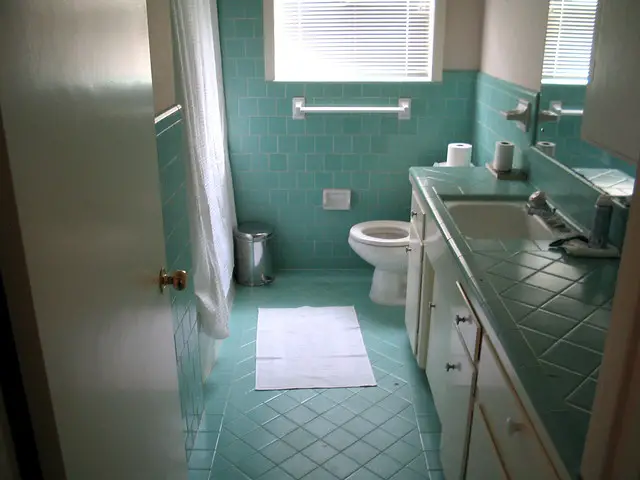
Many old homes relied on a window alone to air out steamy showers or… less pleasant aromas. But inspectors now require mechanical ventilation (a fan) in all full bathrooms. Without it, moisture buildup leads to mold, mildew, and wall damage. That fogged-up mirror wasn’t just annoying—it was a symptom of a bigger problem.
Even if the window opens, it may not meet ventilation requirements. Inspectors check airflow rate, wiring, and placement. A musty smell is often their first clue. Today’s standards demand dry, breathable air, not just a cracked window.
13. Worn or Missing Insulation
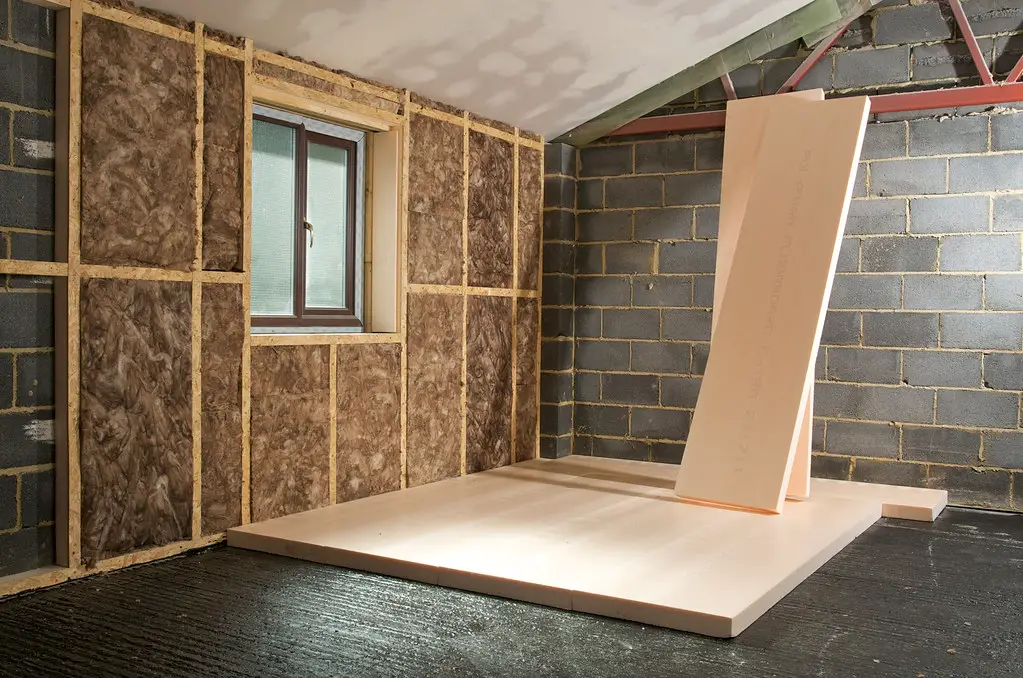
If your childhood home had an attic that doubled as a sauna in summer and a freezer in winter, it probably lacked adequate insulation. Modern inspectors check not only for presence but also for R-value, coverage, and energy efficiency. Missing or compressed insulation can tank a home’s energy rating. It’s not just about comfort—it’s about compliance.
Poor insulation also leads to moisture issues, ice dams, and higher utility bills. Older homes often didn’t prioritize it the way new builds do. Inspectors use thermal cameras to spot gaps or thin spots. What felt “normal” growing up now counts as a serious efficiency issue.
